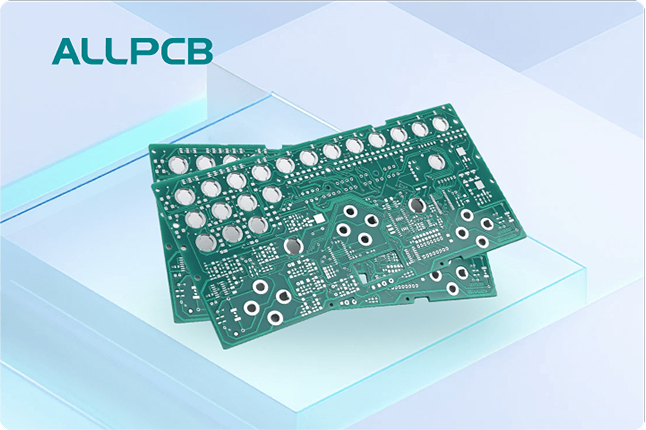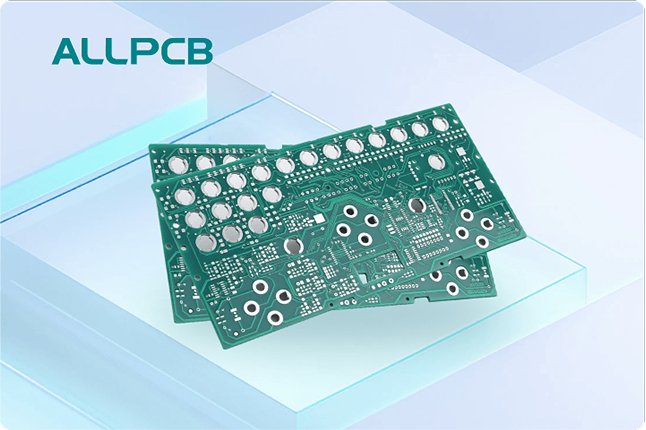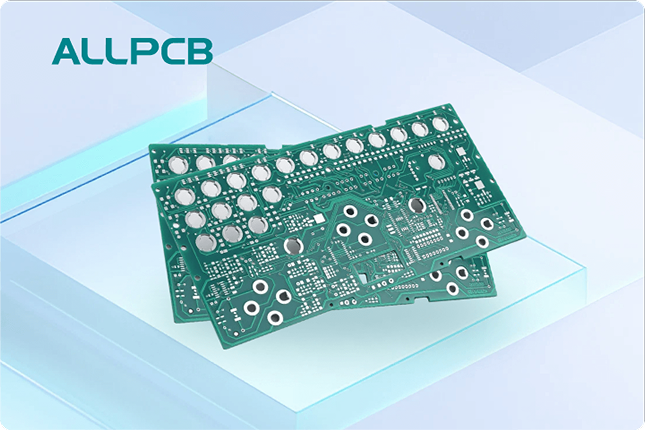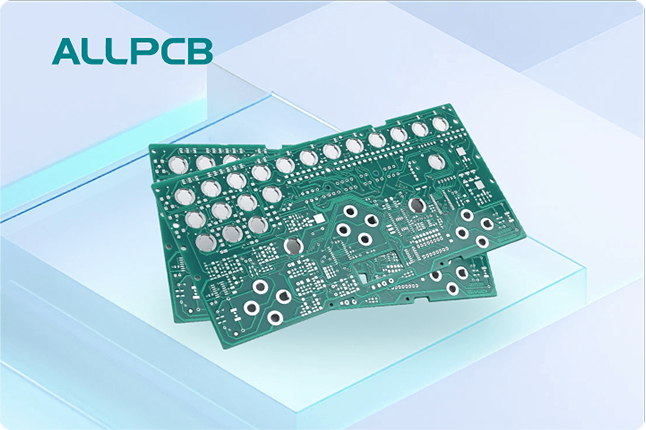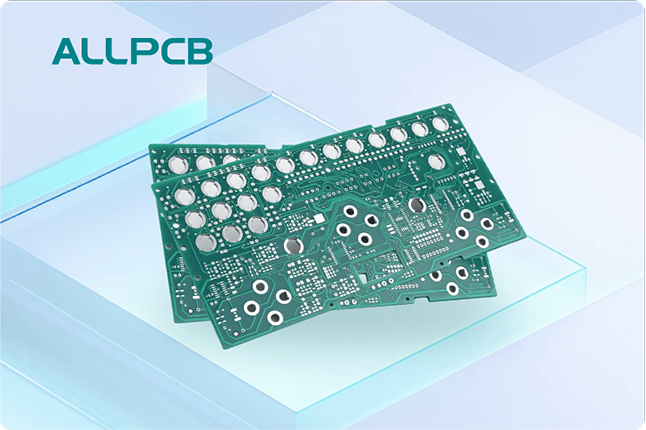High-speed printed circuit boards (PCBs) are at the heart of modern electronics, powering everything from smartphones to data centers. However, ensuring their performance through functional testing can be a complex task, especially when it comes to maintaining signal integrity. If you're struggling with functional testing signal integrity PCB issues or looking for effective high-speed PCB testing methods, this guide is for you. We'll dive into the challenges of signal integrity in functional testing and provide actionable solutions to optimize your testing process.
In this comprehensive blog, we'll explore key aspects of functional testing for high-speed PCBs, including signal integrity challenges, testing methods, test point design, and fixture considerations. Whether you're an engineer or a PCB designer, you'll find practical insights to improve your testing outcomes.
What Is Functional Testing for High-Speed PCBs?
Functional testing verifies that a PCB operates as intended under real-world conditions. For high-speed PCBs, which often handle data rates exceeding 1 Gbps, functional testing becomes even more critical. These boards must transmit signals with minimal distortion, noise, or delay to ensure reliable performance. This is where signal analysis in functional testing plays a vital role, as it helps identify issues like crosstalk, impedance mismatches, and signal degradation.
Unlike basic electrical testing, functional testing simulates the actual operating environment of the PCB. It checks not just for manufacturing defects but also for performance issues that could affect end-user experience. However, high-speed designs introduce unique challenges that require specialized approaches to testing and signal integrity management.
Signal Integrity Challenges in High-Speed PCB Functional Testing
Signal integrity refers to the quality of an electrical signal as it travels through a PCB. In high-speed designs, maintaining signal integrity during functional testing is challenging due to several factors. Let's explore the most common functional test challenges high-speed designs face.
1. Impedance Mismatches
Impedance mismatches occur when the characteristic impedance of a PCB trace doesn't align with the source or load impedance. This can cause signal reflections, leading to data errors. For instance, in a high-speed design operating at 5 Gbps, even a small mismatch (e.g., 10 ohms off from the target 50 ohms) can degrade signal quality significantly.
During functional testing, detecting impedance issues requires precise measurement tools like Time Domain Reflectometry (TDR). Without addressing these mismatches, signals may experience ringing or overshoot, impacting overall performance.
2. Crosstalk and Noise
Crosstalk happens when signals on adjacent traces interfere with each other, especially at high frequencies. This is a common issue in densely packed high-speed PCBs where traces are placed close together to save space. Noise from external sources or power supply fluctuations can further degrade signal quality, making it hard to isolate issues during testing.
For example, in a PCB handling 10 Gbps data rates, crosstalk can introduce errors that manifest as bit error rates (BER) as high as 10^-6, which is unacceptable for most applications.
3. Signal Delay and Skew
In high-speed designs, signals must arrive at their destination simultaneously or within tight timing windows. Signal delay and skew—differences in arrival times between related signals—can disrupt this synchronization. This is especially problematic in applications like DDR memory interfaces, where timing margins are often below 100 picoseconds.
Functional testing must account for these timing issues to ensure the PCB meets performance standards under real-world conditions.
High-Speed PCB Testing Methods for Signal Integrity
To overcome the challenges mentioned above, engineers rely on specialized high-speed PCB testing methods. These methods focus on validating signal integrity and ensuring the PCB performs as expected. Below are some proven approaches.
1. Time Domain Reflectometry (TDR)
TDR is a powerful tool for identifying impedance mismatches and discontinuities in PCB traces. It sends a fast pulse down the trace and measures the reflected signal to pinpoint issues. For high-speed PCBs, TDR can detect problems with a resolution of less than 1 millimeter, making it ideal for precise diagnostics.
Using TDR during functional testing helps engineers locate and fix impedance issues before they affect performance.
2. Eye Diagram Analysis
Eye diagram analysis is a visual method to assess signal quality in high-speed digital systems. By overlaying multiple signal transitions on an oscilloscope, it creates an "eye" pattern that reveals noise, jitter, and timing issues. A clear, open eye indicates good signal integrity, while a closed or distorted eye suggests problems.
For instance, in a system running at 2.5 Gbps, an eye diagram can help identify jitter levels exceeding 50 picoseconds, prompting corrective action.
3. Bit Error Rate Testing (BERT)
BERT measures the rate of errors in a digital signal over a specific period. It’s a critical test for high-speed PCBs, as it directly correlates to system reliability. A BERT setup typically involves transmitting a known data pattern and comparing the received data for errors.
In functional testing, achieving a BER of 10^-12 or better is often the target for high-speed applications like telecommunications.
Designing Signal Integrity Test Points on PCBs
Effective functional testing requires strategic placement of signal integrity test points PCB designs. Test points allow engineers to probe signals at critical locations without disrupting the circuit. Here's how to optimize test point design for high-speed PCBs.
1. Strategic Placement
Place test points near critical components like high-speed connectors, ICs, and termination resistors. For example, in a PCB with a 10 Gbps serial link, test points at the transmitter and receiver ends help measure signal quality directly.
2. Minimize Signal Interference
Test points should not introduce additional noise or impedance mismatches. Use small, low-capacitance test pads and avoid placing them on high-speed traces if possible. If unavoidable, ensure the test point design matches the trace impedance (e.g., 50 ohms for most high-speed signals).
3. Accessibility for Probes
Ensure test points are accessible for oscilloscope probes or automated test equipment. Crowded layouts may require creative placement, such as on the board's edge or through vias to a test layer.
PCB Functional Test Fixture Design for High-Speed Testing
A well-designed PCB functional test fixture design is essential for accurate and repeatable testing of high-speed boards. Fixtures hold the PCB in place and provide connections for test equipment. Here are key considerations for designing fixtures tailored to high-speed testing.
1. Signal Path Integrity
The fixture must maintain signal integrity by minimizing parasitic capacitance and inductance. Use high-quality connectors and short, matched-length cables to connect the fixture to test equipment. For instance, a fixture for a 5 Gbps PCB should use connectors rated for at least 10 GHz to avoid signal degradation.
2. Customizable Contact Points
Design the fixture with adjustable or customizable contact points to accommodate different PCB layouts. Spring-loaded pogo pins are often used for reliable, low-resistance connections to test points.
3. Shielding and Grounding
High-speed testing fixtures should include proper shielding to reduce electromagnetic interference (EMI). Additionally, ensure robust grounding to prevent noise from affecting test results. A solid ground plane in the fixture can help stabilize measurements.
Solutions to Overcome Functional Test Challenges in High-Speed PCBs
Addressing functional test challenges high-speed designs face requires a combination of design best practices, advanced tools, and thorough testing protocols. Here are actionable solutions to common signal integrity issues.
1. Optimize PCB Layout for Signal Integrity
Start with a layout that minimizes signal integrity risks. Route high-speed traces over continuous ground planes to reduce noise, and maintain consistent trace widths to match target impedance (e.g., 50 ohms). Avoid sharp corners in traces, as they can cause reflections at frequencies above 1 GHz.
2. Use Simulation Tools Early
Before manufacturing, use simulation software to model signal behavior and identify potential issues. Tools for signal integrity analysis can predict crosstalk, impedance mismatches, and timing skew, allowing you to fix problems in the design phase.
3. Implement Robust Testing Protocols
Develop a comprehensive testing plan that includes TDR, eye diagram analysis, and BERT. Test under worst-case conditions, such as maximum data rates and temperature extremes, to ensure reliability. For example, testing a PCB at 85°C can reveal thermal effects on signal integrity that aren’t visible at room temperature.
4. Collaborate with Manufacturing Partners
Work closely with your PCB manufacturer to ensure design specifications are met. Share detailed requirements for impedance control, material selection (e.g., low-loss dielectrics like FR-4 or Rogers for high-speed signals), and test point integration to avoid surprises during testing.
Conclusion: Mastering Functional Testing for High-Speed PCBs
Functional testing for high-speed PCBs is a critical step in ensuring reliable performance, but it comes with unique challenges related to signal integrity. By understanding issues like impedance mismatches, crosstalk, and timing skew, and by applying effective high-speed PCB testing methods, you can optimize your testing process. Strategic design of signal integrity test points PCB layouts and robust PCB functional test fixture design further enhance accuracy and repeatability.
Whether you're conducting signal analysis in functional testing or addressing functional testing signal integrity PCB challenges, the solutions outlined in this guide provide a roadmap to success. With careful planning, advanced tools, and a focus on signal integrity, you can ensure your high-speed PCBs meet the demanding requirements of modern electronics.
By following these best practices, you're not just testing a board—you're building confidence in its performance for real-world applications. Let's keep pushing the boundaries of high-speed design with precision and care.
 ALLPCB
ALLPCB


